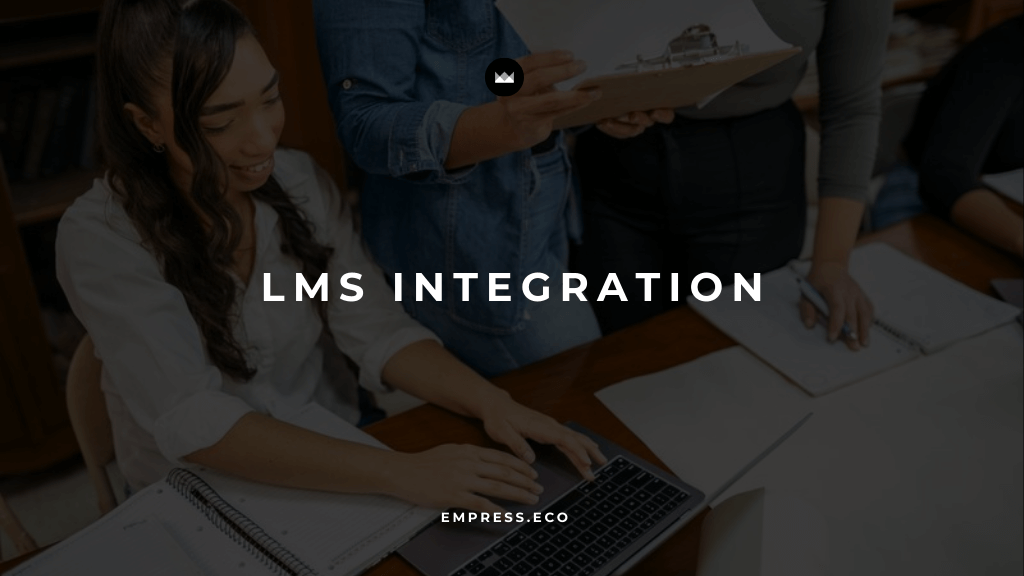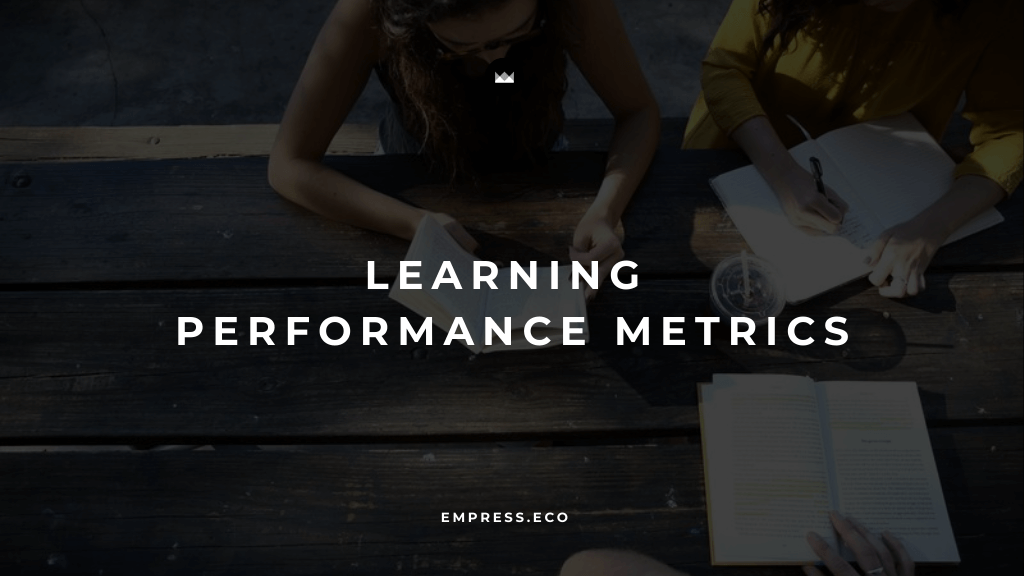Organizations are frequently faced with unique challenges that require equally unique solutions. Generic training programs often fail to address these specific needs, leaving gaps in skill development and hampering overall performance. This is where Custom Learning Solutions come into play.
Custom Learning Solutions offer a strategic approach to workforce development by creating training programs tailored specifically to the needs of your organization. These solutions are designed to align with your business goals, enhance employee skills, and ultimately drive better organizational performance. In this blog, we’ll explore why Custom Learning Solutions are so crucial and how you can effectively implement them within your company.
Understanding Custom Learning Solutions
Custom Learning Solutions are personalized training programs developed to meet the distinct needs of an organization. Unlike off-the-shelf training modules that provide a one-size-fits-all approach, custom solutions are designed to address the unique challenges your business faces. This involves tailoring the content, delivery methods, and learning objectives to ensure that the training is relevant, engaging, and impactful.
Think of Custom Learning Solutions as a bespoke suit, crafted to fit the specific measurements and preferences of the wearer. Just as a tailor considers every detail to create a perfect fit, Custom Learning Solutions are meticulously designed to align with your company’s culture, processes, and strategic goals.
Key Benefits of Custom Learning Solutions
The advantages of implementing Custom Learning Solutions in your organization are numerous. Here are some of the most compelling benefits:
1. Relevance and Engagement
One of the primary reasons why traditional training programs often fall short is their lack of relevance to the specific roles and responsibilities of employees. Generic training can feel disconnected from the day-to-day tasks that employees perform, leading to disengagement and low retention of information.
Custom Learning Solutions, on the other hand, are directly aligned with the unique needs of your workforce. By focusing on the precise skills and knowledge required for their roles, these programs are inherently more relevant and engaging. Employees are more likely to be invested in training that feels directly applicable to their work, leading to higher participation rates and better learning outcomes.
For example, if your organization is implementing a new software system, a custom training program can be developed to focus specifically on the features and functionalities that your team will be using. This targeted approach ensures that employees are equipped with the knowledge they need to perform their tasks efficiently from day one.
2. Alignment with Business Goals
Every organization has its own set of strategic goals, whether it’s expanding into new markets, improving customer satisfaction, or increasing operational efficiency. Custom Learning Solutions are designed with these goals in mind, ensuring that the training programs you implement support and drive your company’s strategic objectives.
For instance, if your company’s goal is to enhance customer service, a custom training program could focus on developing communication skills, empathy, and problem-solving abilities specifically for your customer-facing teams. By aligning training with your business goals, you ensure that your workforce is not only skilled but also strategically positioned to contribute to your organization’s success.
3. Flexibility and Adaptability
One of the most significant advantages of Custom Learning Solutions is their flexibility. These programs can be designed to accommodate various learning styles, schedules, and delivery methods. Whether your employees prefer e-learning, in-person workshops, or a blended approach, custom training can be adapted to meet their needs.
Moreover, Custom Learning Solutions are not static. They can be continuously updated and refined to reflect changes in your business environment, new industry trends, or evolving company goals. This adaptability ensures that your training programs remain relevant and effective over time.
For example, if your industry is experiencing rapid technological advancements, a custom training program can be quickly modified to include the latest tools and techniques, keeping your workforce at the cutting edge of the field.
4. Enhanced Skill Development
By targeting specific skill gaps, Custom Learning Solutions accelerate the development of critical competencies within your organization. Instead of spending time on broad, generic training, employees can focus on mastering the skills that are most relevant to their roles.
This targeted approach not only improves individual performance but also enhances overall organizational efficiency. Employees who are confident in their abilities are more productive, more innovative, and better equipped to tackle challenges as they arise.
Consider a scenario where your company is expanding its digital marketing efforts. A custom training program focused on advanced digital marketing strategies—such as SEO, content marketing, and social media analytics—can equip your marketing team with the precise skills they need to drive successful campaigns and achieve your business objectives.
5. Improved Organizational Performance
Ultimately, the goal of any training program is to improve organizational performance. By providing employees with the skills and knowledge they need to excel in their roles, Custom Learning Solutions contribute to a more capable, confident, and cohesive workforce.
As employees apply their new skills, you’re likely to see improvements in key performance metrics such as productivity, quality of work, and customer satisfaction. Moreover, a well-trained workforce is more adaptable and resilient, better able to respond to changes in the business environment and seize new opportunities.
Implementing Custom Learning Solutions
To effectively implement Custom Learning Solutions in your organization, it’s essential to take a strategic approach. Here are some key steps to consider:
1. Conduct a Needs Assessment
The first step in developing a Custom Learning Solution is to conduct a thorough needs assessment. This involves evaluating the current skills and competencies of your workforce, identifying gaps, and determining the specific areas where training is needed.
This assessment should be aligned with your company’s strategic goals. For example, if your goal is to improve customer satisfaction, you might assess the communication and problem-solving skills of your customer service team to identify areas for improvement.
Tools such as surveys, interviews, and performance reviews can provide valuable insights into the skills and knowledge that need to be developed. The information gathered during the needs assessment will serve as the foundation for your custom training program.
2. Design Personalized Training Plans
Once you’ve identified the specific needs of your organization, the next step is to design personalized training plans. These plans should be tailored to the unique requirements of your workforce and aligned with your business goals.
Consider incorporating a mix of training methods to cater to different learning preferences. For example, some employees might benefit from interactive e-learning modules, while others might prefer hands-on workshops or one-on-one coaching.
It’s also important to consider the timing and delivery of the training. Custom Learning Solutions should be flexible enough to fit into your employees’ schedules without disrupting their regular work responsibilities. This might involve offering training sessions at different times of the day or providing on-demand e-learning options that employees can access at their convenience.
3. Leverage Technology
Technology plays a crucial role in the successful implementation of Custom Learning Solutions. Learning management systems (LMS) and other digital tools can help you deliver, track, and manage your training programs more efficiently.
An LMS allows you to create personalized learning paths for each employee, monitor their progress, and assess their performance. It also provides a platform for delivering various types of training content, from e-learning modules to video tutorials and interactive quizzes.
Moreover, technology can enhance the scalability of your training programs. Whether you’re a small business or a large enterprise, digital tools enable you to reach a wider audience and deliver consistent, high-quality training across your organization.
4. Engage Employees in the Process
Employee engagement is critical to the success of any training program. When employees are involved in the design and implementation of training, they are more likely to be invested in the process and motivated to succeed.
Involve your employees by seeking their input on the training content and delivery methods. Conduct surveys or focus groups to gather feedback on their learning preferences and the specific challenges they face in their roles. This input will help you create a training program that is not only effective but also relevant and engaging.
Additionally, consider offering incentives for completing training programs or achieving certain milestones. Recognition and rewards can motivate employees to take their learning seriously and apply what they’ve learned in their daily work.
5. Evaluate and Adjust
The final step in implementing Custom Learning Solutions is to evaluate their effectiveness and make necessary adjustments. Regularly assess the impact of your training programs through feedback, performance metrics, and other evaluation tools.
For example, you might track changes in employee performance, productivity, and job satisfaction before and after the training. Use this data to identify areas where the training is having a positive impact and areas where further improvements are needed.
Continuous evaluation and adjustment ensure that your Custom Learning Solutions remain relevant, effective, and aligned with your organization’s goals.
Challenges and Considerations
While Custom Learning Solutions offer numerous benefits, they also come with their own set of challenges. Here are a few considerations to keep in mind:
1. Resource Investment
Developing and implementing personalized training programs requires a significant investment of time, effort, and resources. Organizations must allocate sufficient budget and personnel to support these initiatives.
However, the long-term benefits of Custom Learning Solutions often outweigh the initial investment. By improving employee skills and performance, these programs can lead to increased productivity, higher employee retention, and better business outcomes.
2. Change Management
Introducing new training programs may require changes in existing processes and mindsets. Employees may resist change, particularly if they are accustomed to traditional training methods.
Effective communication and leadership support are crucial for successful adoption. Clearly communicate the benefits of the new training approach and involve employees in the process to gain their buy-in.
3. Measuring Impact
Evaluating the impact of custom training programs can be complex. It’s important to establish clear metrics and goals from the outset to assess success and make informed improvements.
Consider using a combination of qualitative and quantitative measures to evaluate the effectiveness of your training. Employee feedback, performance metrics, and business outcomes can all provide valuable insights into the impact of your Custom Learning Solutions.
Conclusion
Custom Learning Solutions are a powerful tool for organizations seeking to address unique challenges and enhance workforce capabilities. By tailoring training programs to align with business goals, companies can improve employee skills, boost engagement, and drive overall organizational performance.
As the business environment continues to evolve, embracing personalized training will be essential for maintaining a competitive edge and achieving long-term success. At Sage, we are committed to helping our clients develop and implement Custom Learning Solutions that meet their specific needs and empower their workforce.
Are you ready to take your training programs to the next level? Let’s work together to create a customized learning solution that drives results and supports your organization’s growth.



